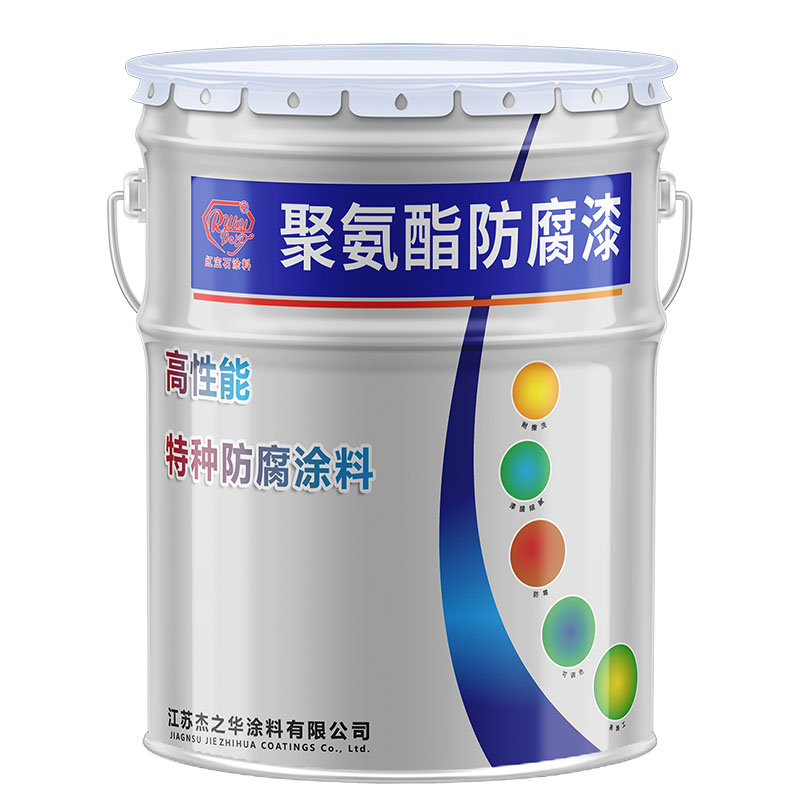Table of Contents
Advances in Marine 3D Mapping Technologies
Marine 3D mapping technologies have revolutionized the way we explore and understand the underwater world. These advanced tools have provided scientists, researchers, and marine professionals with unprecedented insights into the ocean’s depths, enabling more accurate and detailed mapping of underwater landscapes, habitats, and ecosystems.
One of the most significant advances in marine 3D mapping is the development of multibeam sonar systems. These systems use multiple beams of sound to create high-resolution, three-dimensional images of the seafloor. By emitting sound waves and measuring the time it takes for them to bounce back from the ocean floor, multibeam sonar can generate detailed maps that reveal underwater features such as mountains, valleys, and even shipwrecks. This technology has proven invaluable for navigation, resource exploration, and environmental monitoring, providing a comprehensive view of the underwater terrain.
Furthermore, the integration of LiDAR (Light Detection and Ranging) technology with marine 3D mapping has enhanced the accuracy and efficiency of data collection. LiDAR systems use laser pulses to measure distances and generate precise 3D models of the seafloor and coastal areas. This technology is particularly useful in shallow waters, where it can capture fine details that are often missed by traditional sonar methods. By combining LiDAR with aerial and satellite imagery, researchers can create seamless maps that extend from the coastline into the deeper ocean, offering a holistic view of marine environments.
In addition to hardware advancements, software developments have played a crucial role in the progress of marine 3D mapping. Sophisticated data processing algorithms and visualization tools have enabled scientists to analyze and interpret the vast amounts of data collected by sonar and LiDAR systems. These software solutions allow for the creation of interactive 3D models that can be manipulated and examined from different angles, providing a more intuitive understanding of complex underwater structures. Moreover, the ability to overlay additional data layers, such as temperature, salinity, and biological information, has facilitated more comprehensive environmental assessments and decision-making processes.
| No. | Name |
| 1 | Fluoracarbon paint |
The impact of these technological advancements extends beyond scientific research. Marine 3D mapping is also instrumental in various practical applications, including the planning and installation of underwater infrastructure, such as pipelines and cables. Accurate seafloor maps ensure that these structures are placed in optimal locations, minimizing environmental impact and reducing the risk of damage. Additionally, marine 3D mapping supports the management and conservation of marine protected areas by helping authorities monitor changes in habitats and assess the effectiveness of conservation measures.
As marine 3D mapping technologies continue to evolve, they hold the promise of unlocking even more secrets of the ocean. Emerging techniques, such as autonomous underwater vehicles (AUVs) equipped with advanced sensors, are set to further enhance the scope and precision of underwater surveys. These robotic systems can access remote and challenging environments, collecting high-quality data over extensive areas without the need for human intervention.
In conclusion, the advances in marine 3D mapping technologies have not only transformed our ability to explore and understand the ocean but have also opened up new possibilities for preserving and sustainably managing marine resources. As these technologies continue to develop, they will undoubtedly continue to play a pivotal role in shaping our interactions with the marine environment, driving forward both scientific discovery and practical innovation.
The Impact of Marine 3D Models on Ocean Conservation Efforts
Marine 3D models have emerged as a powerful tool in the field of ocean conservation, providing researchers and policymakers with detailed insights into the complex ecosystems beneath the waves. These models, which are created using advanced imaging and data collection techniques, offer a three-dimensional representation of underwater environments, allowing for a more comprehensive understanding of marine habitats and the species that inhabit them.

The use of marine 3D models has revolutionized the way scientists study and monitor the health of ocean ecosystems. By creating accurate representations of coral reefs, seagrass beds, and other critical habitats, researchers can track changes over time and assess the impact of human activities, such as pollution and overfishing, on these delicate ecosystems. This information is crucial for developing effective conservation strategies and ensuring the long-term sustainability of marine resources.
Furthermore, marine 3D models facilitate the identification and protection of biodiversity hotspots. These models enable scientists to pinpoint areas with high concentrations of endemic species, which are often most vulnerable to environmental changes. By understanding the spatial distribution of these species and their habitats, conservationists can prioritize areas for protection and tailor their efforts to preserve the unique biodiversity of these regions.
In addition to aiding in research and conservation planning, marine 3D models also play a significant role in raising public awareness about the importance of ocean conservation. By providing a visual and interactive representation of underwater environments, these models help to bridge the gap between scientific knowledge and public understanding. People are more likely to support conservation initiatives when they can see and appreciate the beauty and complexity of marine ecosystems, making marine 3D models an invaluable tool for engaging and educating the public.
Moreover, marine 3D models are also instrumental in the design and implementation of marine protected areas (MPAs). MPAs are regions of the ocean where human activities are regulated to protect biodiversity and promote the recovery of ecosystems. By using 3D models to analyze the spatial relationships between different habitats and species, policymakers can make informed decisions about the boundaries and regulations of MPAs. This ensures that protected areas are strategically placed to maximize conservation benefits while minimizing disruptions to local communities and industries.
The impact of marine 3D models extends beyond conservation and public engagement. These models are also being used to enhance the safety and efficiency of marine operations, such as shipping and offshore energy production. By providing detailed information about underwater topography and potential hazards, marine 3D models help operators plan safer and more efficient routes, reducing the risk of accidents and minimizing environmental impacts.
In conclusion, marine 3D models have become an indispensable tool in the field of ocean conservation. By offering detailed and accurate representations of underwater environments, these models enhance scientific research, support the design of effective conservation strategies, raise public awareness, and improve the safety of marine operations. As technology continues to advance, the potential applications of marine 3D models are likely to expand, further contributing to the preservation and sustainable management of our planet’s precious marine resources.
| No. | Name |
| 1 | Industrial paint |





